Safe Work Australia is seeking feedback on 6 proposals aimed at improving the high-risk work licensing framework for cranes.
This content is currently under review as part of a broader review of Crane licensing.
Each jurisdiction in Australia has its own system of explosives regulation. In 2018, WHS ministers provided in-principle agreement to consider implementing nationally consistent explosives reforms in their jurisdictions.
Concrete pumping is common in the construction industry. There are multiple ways to pump concrete – all require skills and training. If you operate concrete placing booms, you need a high risk work licence.
Schedule 3 of the model WHS Regulations sets out high risk work licences and classes of high risk work.
Under the model Work Health and Safety (WHS) Regulations you, as a worker,&n
This fact sheet provides guidance for Registered Training Organisations (RTOs) to deliver white card training through connected real-time delivery due to COVID-19.
This information sheet provides information on high risk work licensing requirements when carrying out dogging work.
This guidance provides information on how to manage the risks with scaffolds and scaffolding work at a workplace.
Use this guide to manage risks to workers using suspended (swing stage) scaffolds.
This guide is part of a series which includes:
This guide provides information on managing the risks with scaffolds and scaffolding at the workplace.
This guide is supported by specific guidance material for:
-
suspended (swing stage) scaffolds
Use this guide for information on scaffold maintenance and inspection, including information on certification that a scaffold is safe to use
These guide provide information on managing the risks of working with industrial lift trucks:
This information sheet provides information about managing the risks of operating powered forklifts in the workplace.
This information sheet is about managing the risks of vehicle loading cranes in the workplace.
his document is part of a series which includes:
This information sheet provides information about managing the risks of using powered mobile plant as a crane.
Using other powered mobile plant as a crane information sheet
This document is part of a series which includes:
This guide provides information on managing the risks of quick hitches for earthmoving machinery.
Supporting Information
his guide is part of a series including:
Use this guide to manage the risks of using mobile cranes in the workplace.
This Guide provides information on inspecting, testing, maintaining and repairing cranes.
This guide provides information on managing the risks of cranes.
This information sheet provides guidance on managing the risks of crane-lifted work boxes.
It is supported by the general guide to cranes and specific guidance on:
-
mobile cranes
-
tower cranes
This content is currently under review as part of a broader review of Crane licensing.
This content is currently under review as part of a broader review of Crane licensing.
This guidance material provides information on managing the risks associated with scaffolds and scaffolding work at a workplace.
These guide provide information on managing the risks of working with industrial lift trucks.
This model Code of Practice provides guidance on managing risks associated with excavation work.
This Code applies to all types of excavation work, including:
This model Code of Practice provides guidance on managing the risks of demolition work.
You should use this Code if you:
Use this model Code of Practice if you design structures that will be used, or could reasonably be expected to be used, as a workplace. This includes architects, building designers and engineers.
This model Code of Practice provides guidance on how to meet the standards of work health and safety (WHS) required under the WHS Act and Regulations in relation to construction work.
In this model Code, the word:
This model Code of Practice provides guidance on managing risks of plant in the workplace.
Use this Code if you:
This model Code of Practice sets out the legal duties for licensed and unlicensed asbestos removal.
This Code is for people involved in asbestos removal at work, including at residential premises. It applies if you:
